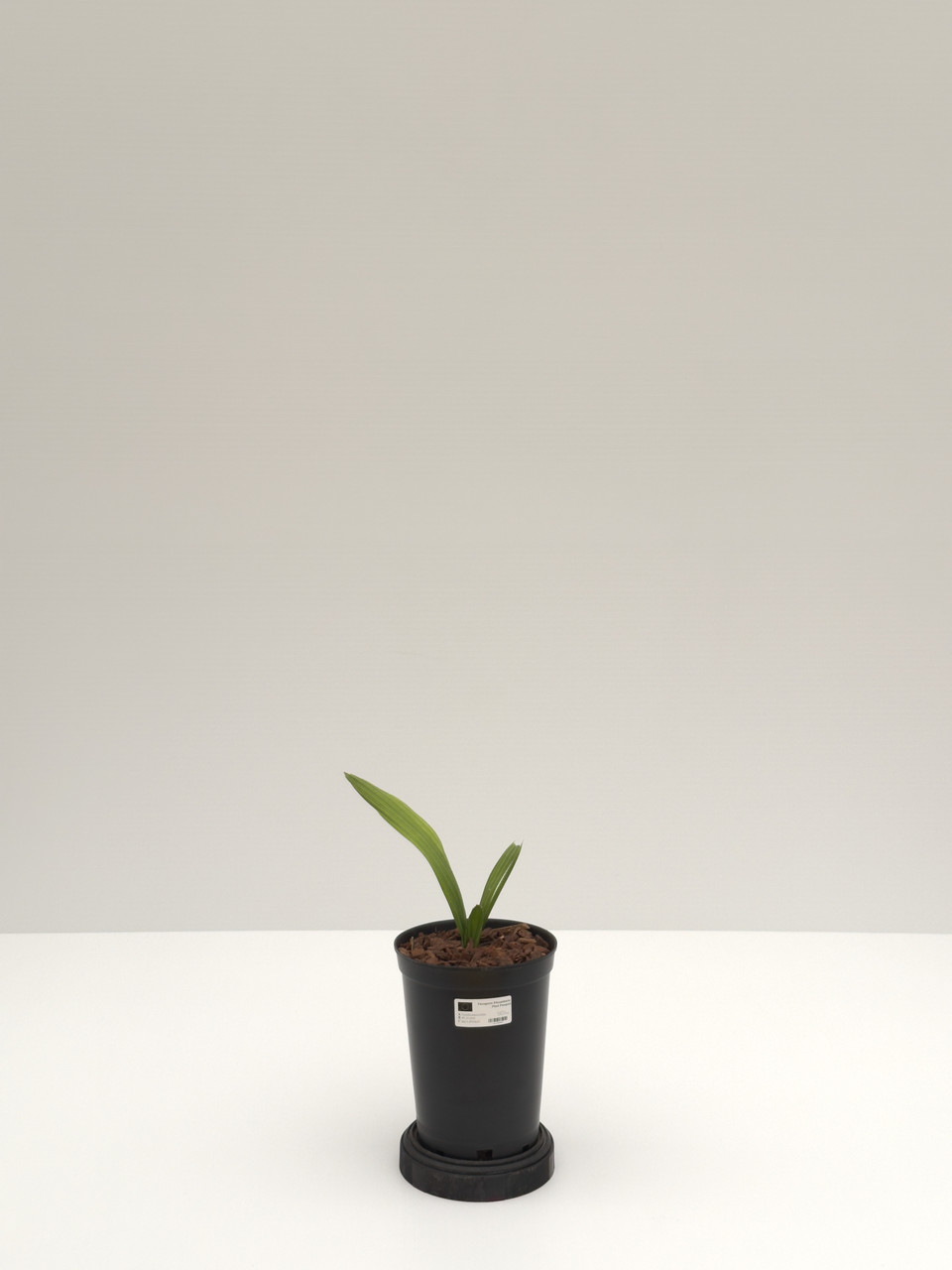Product Description
Habitat and Distribution
Corypha umbraculifera is endemic to India, distribution to Myanmar, Sri Lanka, Thailand, and China. Originally from India; brought to Suriname (South America) by the East-Indian Co. immigrants.
Description
It is one of the largest palms in the world; individual specimens have reached heights of up to 34 m. or 100 feet, with a trunk of up to 1.3 m. or 3.5 feet in diameter. A fan palm with large costapalmate leaves up to 7 m. or 21 feet in across, an armed with small 2 cm. thorns, the petiole up to 4 m long, and up to 130 leaflets. The talipot palm bears the largest inflorescence of any plant, 6-8 m. long, consisting of up to several million small flowers, borne on a branched stalk that forms at the top of the trunk, monocarpic, (the inflorescence is terminal, dies after flowering), flowering only once, when it is 30 to 80 years old. It takes about a year for the fruit to mature, producing thousands of round, dark green fruit 3-4 cm. diameter, each containing a single seed, it take about a year for the fruit to ripen. Then the tree dies after bearing fruit. Editing by edric.
Culture
Sunny, moist, but well drained position water sparingly. Drought tolerant. Neutral pH soil. Needs considerable space. Very slow growing. Hardiness: USDA zone 10A - 11. Will not tolerate dry climate, including Southern California.
Comments and Curiosities
This is a monocarpic genus.
The sap is tapped to make a wine. Leaves used for thatching. In the Malabar Coast, the palm leaves were used to make traditional umbrellas for agricultural workers and students in rural areas until a few decades ago. The tree is known as kudapana in Malayalam Language, which means "umbrella" palm tree. No longer exits in habitat, due to urbanization.
One of its huge leaves can shelter 10 men from the rain.









